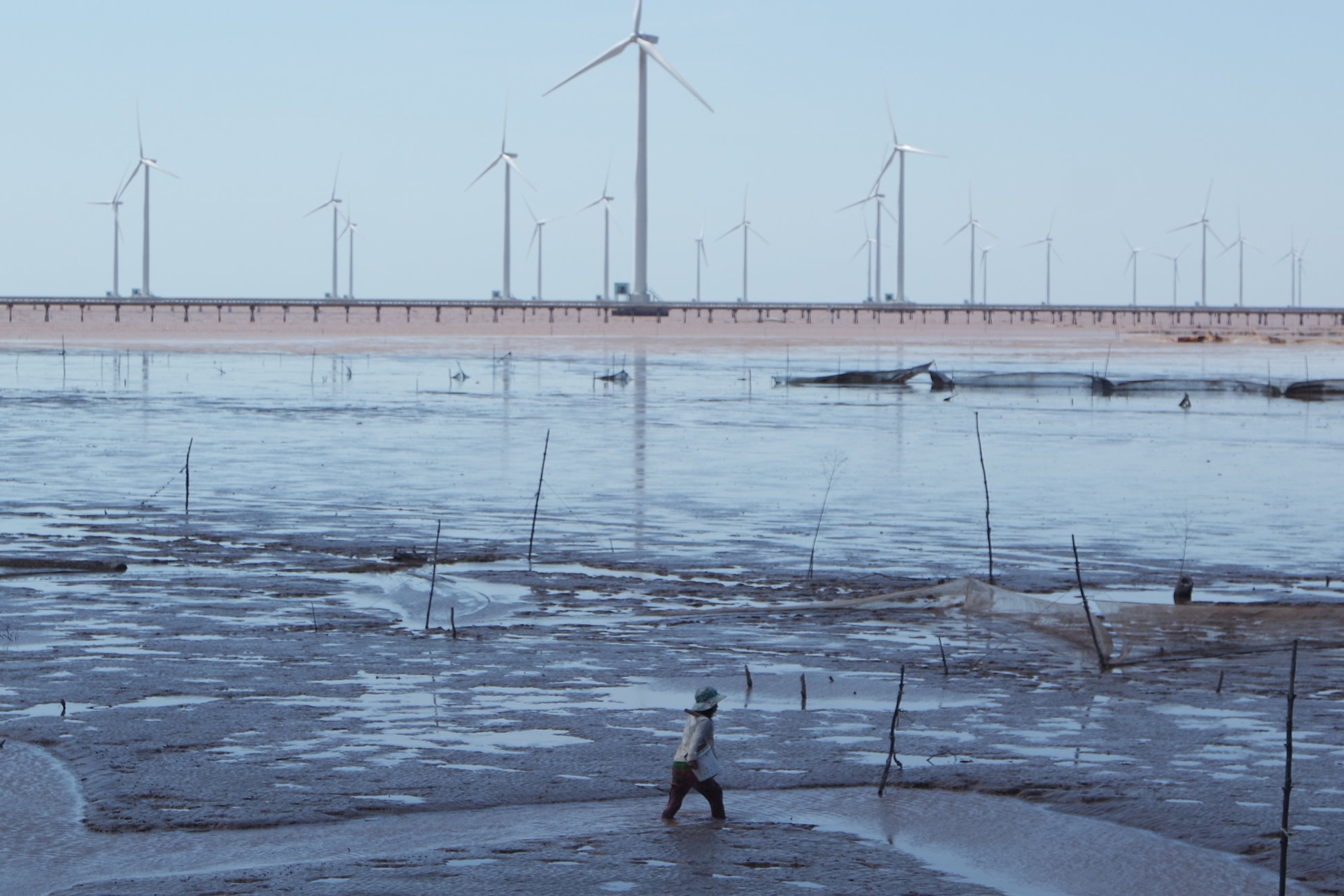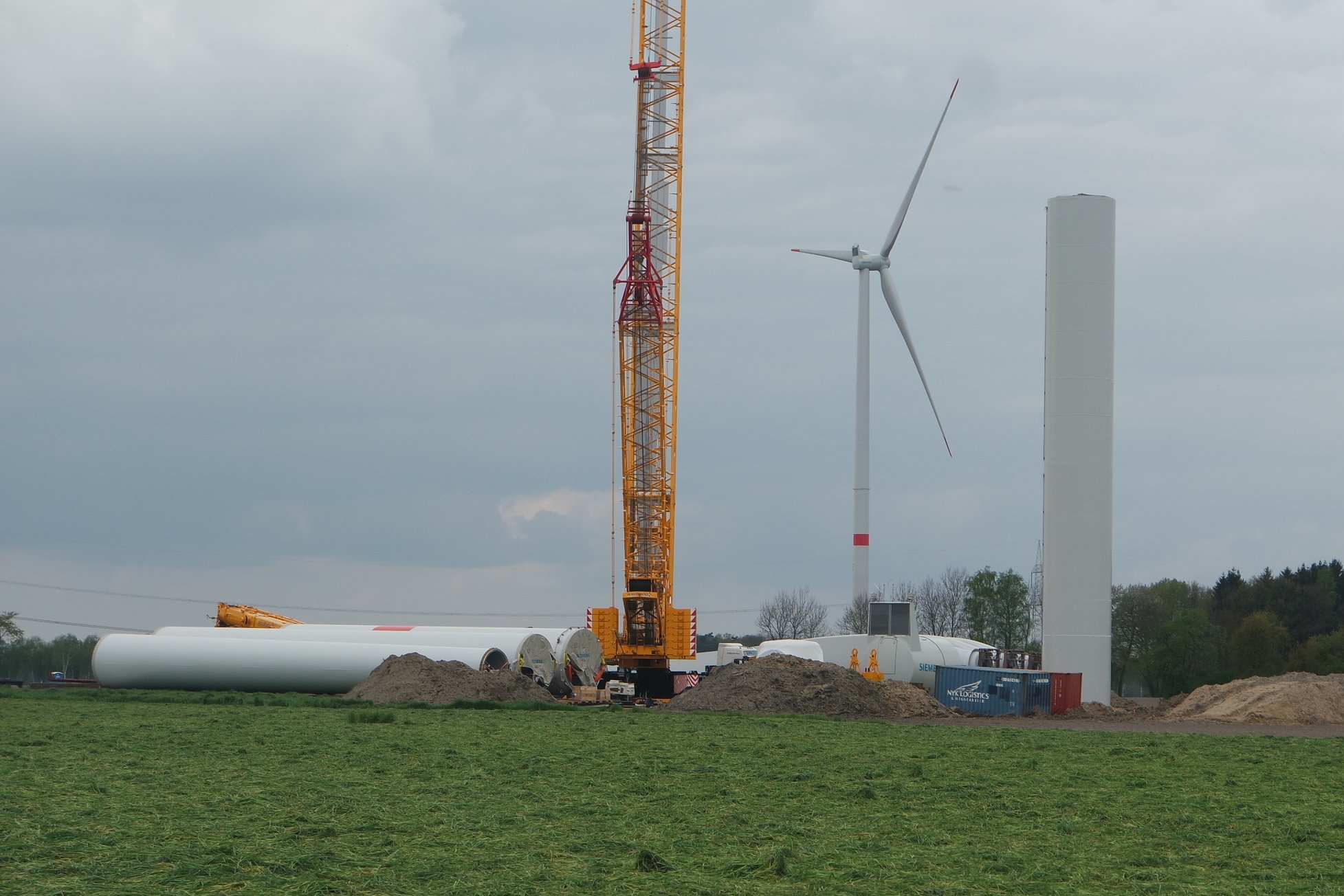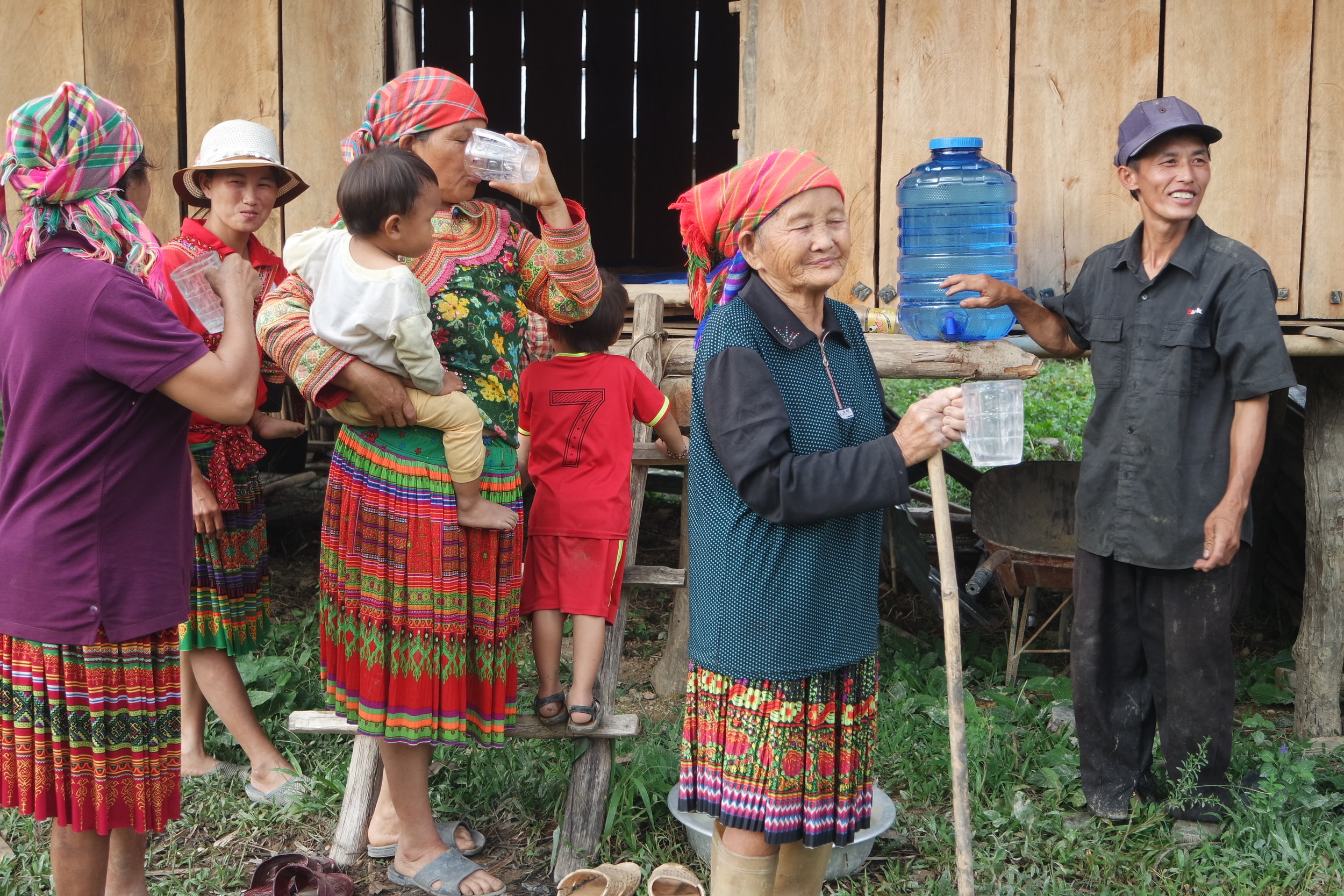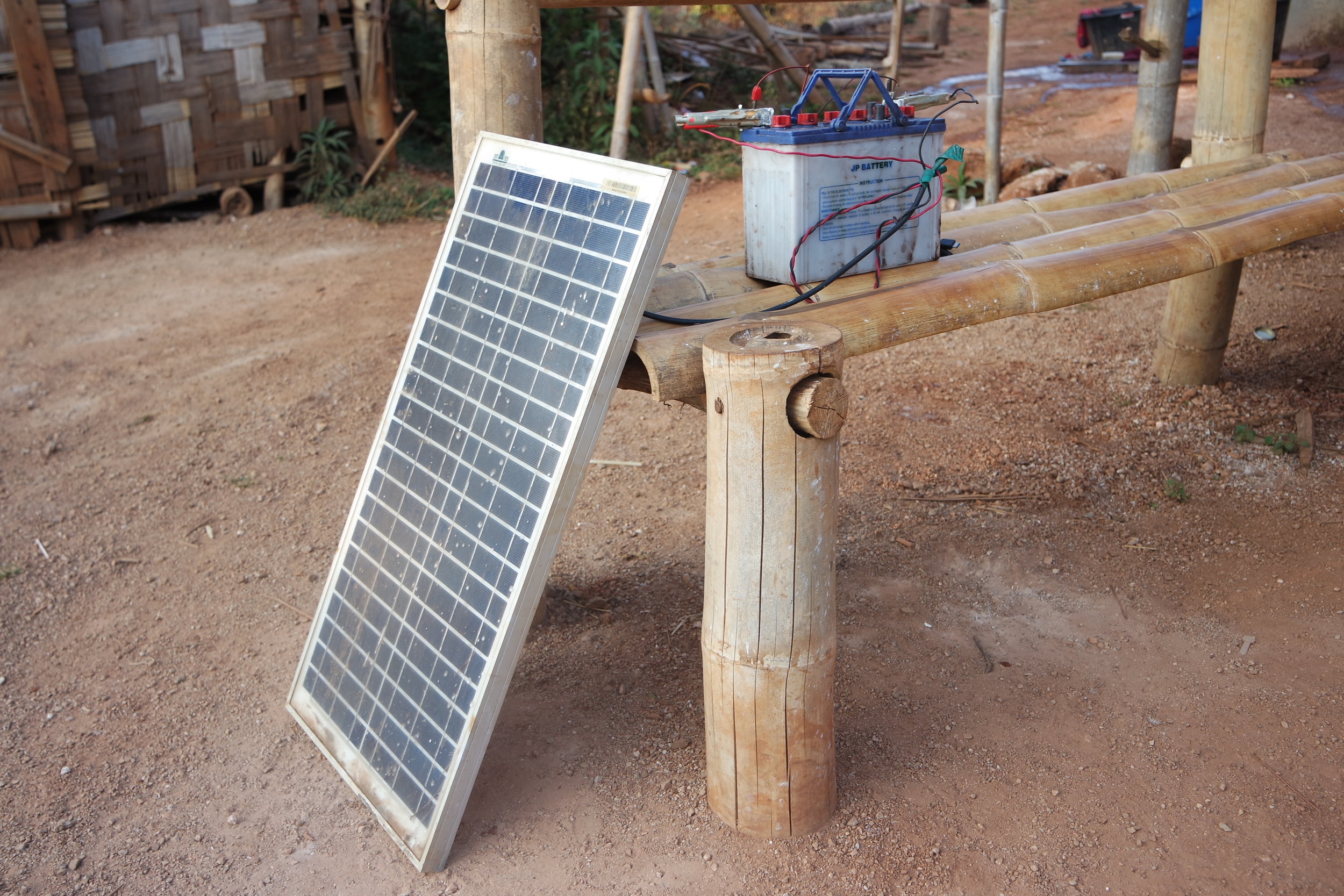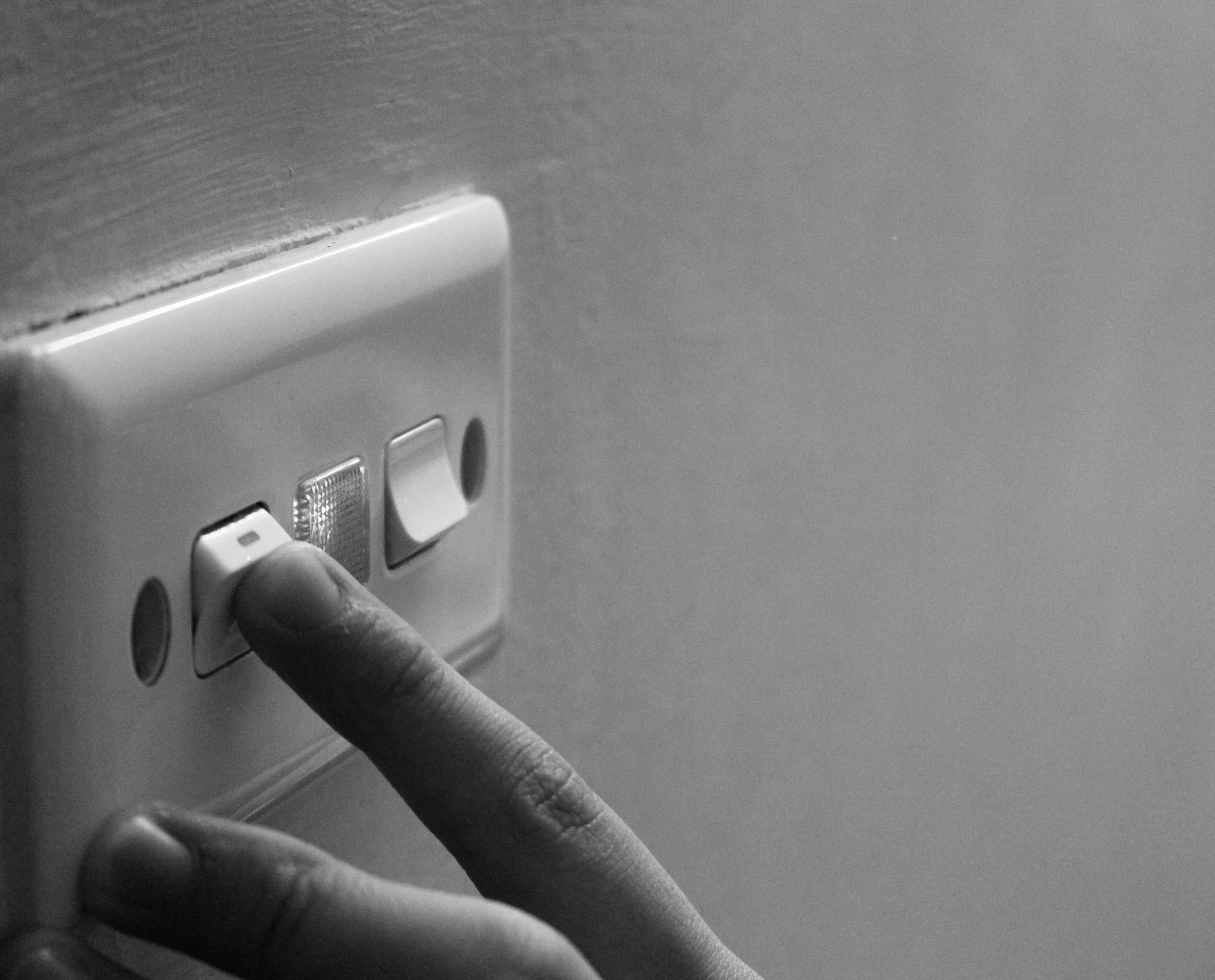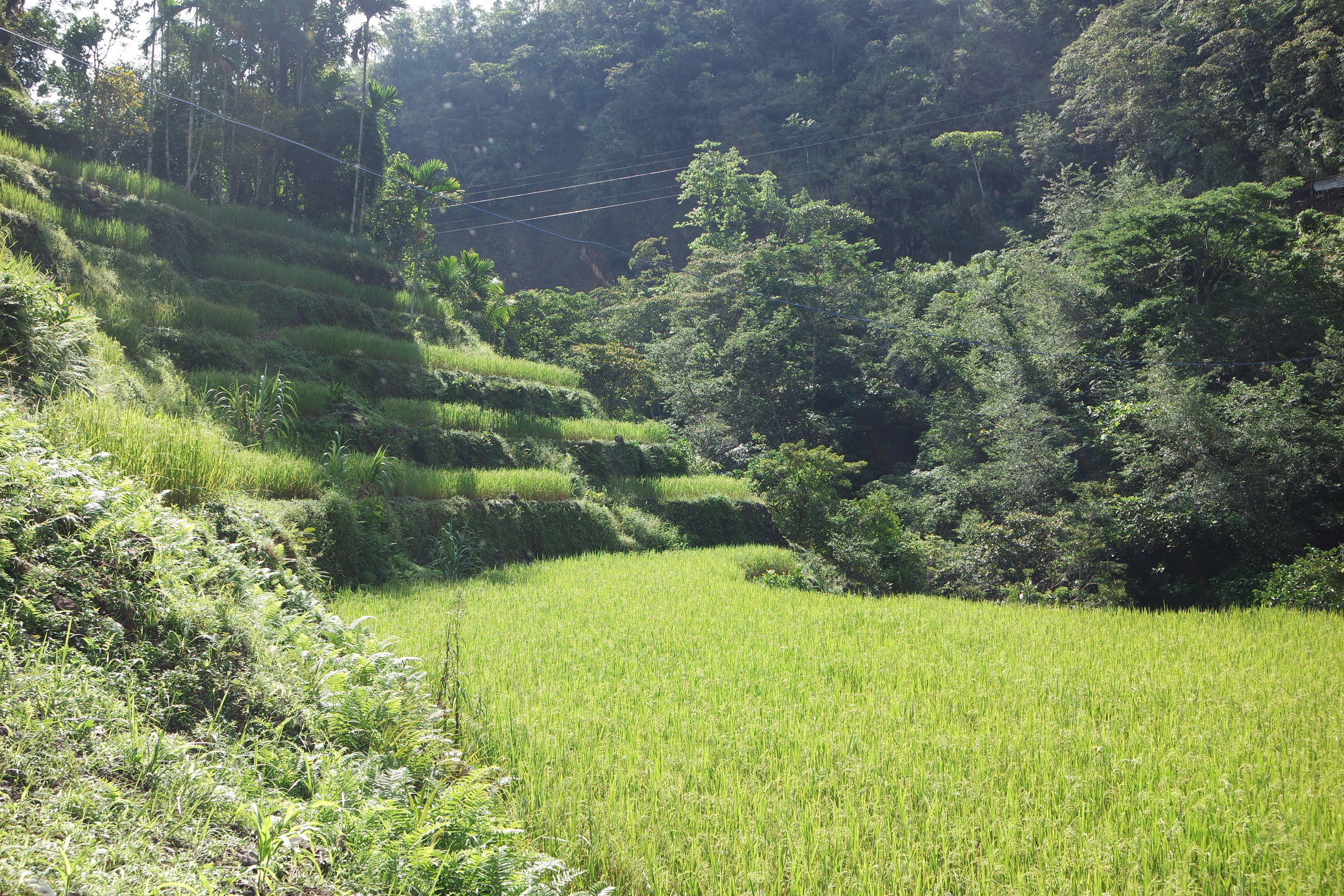Lost in transition?
How to start your personal energy transition and how Southeast Asia is shifting towards renewable energy
I am working on the social justice aspect of the ongoing energy transition in Southeast Asia for quite a while now. Over the time, I recognized that the amount of new installed renewables has only slightly increased whereas fossil fuel-powered generation is still the main source for new power plants. Having the global renewables boom in mind, I wanted to understand why this is still the case in a region that has such a huge future energy demand to meet. The results are summed up in a blogpost that my colleague Hang from GreenID and I wrote a couple of days ago for the website energytransition.org.
Author: Lars Blume
The windpark in Bac Lieu, Vietnam is bringing jobs and local value creation in rural areas.
Cities and urban areas can function as a global blueprint
In my first blog post from urban to rural, I touched some of the issues that current mega cities are facing and why it is hard for me to follow a sustainable lifestyle in an urban surrounding. However, when it comes to energy transition we see cities as a driver and as positive examples in the ongoing movement. Cities even tend to outcompete the targets that have been set by global key decision makers during COP 21 in Paris two years ago. Being closer to the citizens, cities seem to be more ambitious and more committed in terms of climate goals. Cities like Auckland, Nairobi, Oslo and Brasília are working efficient and are using long-term strategies to become livable cities powered by renewables. The number of cities reporting that they are predominantly powered by clean energy has more than doubled since 2015, as momentum builds for cities around the world to switch from fossil fuels to renewable sources.
Being closer to the citizens, cities seem to be more ambitious in terms of climate goals.
Rural areas as driver for energy transition in Germany
Local communities are at the forefront of a clean energy transition in Germany. Some villages are even able to produce 100% of their demand with renewable energy. They helped to boost the local economy and created new jobs. Maintenance work and financial support mechanisms established local value creation and change the perspective for citizens. In some areas renewables even stopped the rural exodus.
Community wind power projects ensure an inclusive energy transition with benefits for rural areas.
Earthship buildings are a role model for climate responsive design and building techniques.
Why it is worth to fight for a successful energy transition?
The positive examples are proving that a social just energy transition is possible. It is still a long way to go and it will take some time to harvest the fruits that this transition will bring to the planet and the people. However, the co-benefits on the grassroots level, affordable energy access, and clean water access as well as the opportunities for farmers to become financial independent and to have a stable income source are too important. All together we need to do our best to achieve a global energy transition for the climate, for the planet and for all the people that are left behind by the current system.
In the central highlands of Vietnam Solar PV is also supplying remote villages with clean water.
Easy access to electricity: a household solution in rural Myanmar.
Act now and start your personal energy transition!
The first steps towards a personal contribution are simple and easy to achieve. Start with your consuming habits and ask yourself where your money is going and what kind of industry you want to support in the future.
Switch your energy supplier
Switch to the most environmental friendly option you can find to supply your power needs. In many countries you can change your supplier and support the transition while just paying your regular energy bills to a sustainable option.
Consume less energy
Every saved kilowatt is an efficient way to support the energy transition. You will save money and and emissions for the planet.
join the divestment movement
Why not join the divestment movement by shifting your money into investments that are not supporting the dirty and destructive industries? gofossilfree.org provides a helpful roadmap to divest.
Switch your bank and insurance.
Commercial banks and insurance companies are big investors in the field of energy. Try to find out what your bank and insurance is investing in. Switching to alternatives that already divest from fossil fuel is a powerful statement.
Approach your city council
If your city is linked to fossil fuel activities or a shareholder of companies earning money with dirty coal, share your opinion with your council and ask them to change towards a renewable future.
How does the situation in Southeast Asia fit into the global energy situation?
China is adding renewables to its increasing energy system. Even though China is still heavily backed by coal, it is becoming the biggest renewable investor globally. India recently changed from a coal expansion towards a more renewables. In North America, more and more coal powered plants are replaced by cost-efficient renewables. Whereas in Europe new renewable capacity enters a predatory competition with the existing mostly fossil fuel powered plants.
How does it fit to Southeast Asia’s energy development?
The situation in the Southeast Asia is different. The population of the region will increase significantly from 615 million in 2014 to 715 million in 2025. The economy is growing by more than 5% per year, resulting in an expeditious rise in energy demand. Therefor, much investment into energy infrastructure is needed, and the next years will be decisive in determining the energy path forward. Clean or dirty?
For me there is no doubt: Southeast Asia will become a hotspot for renewables instead of a dumping ground for coal! If you wanna know more about that you can read the whole blogpost of Hang and me here!

